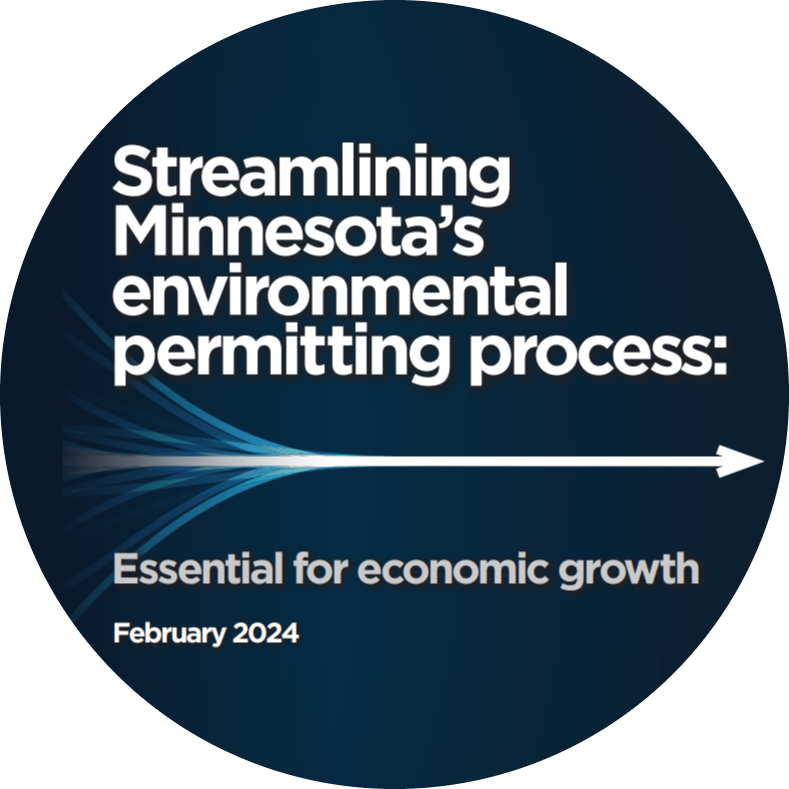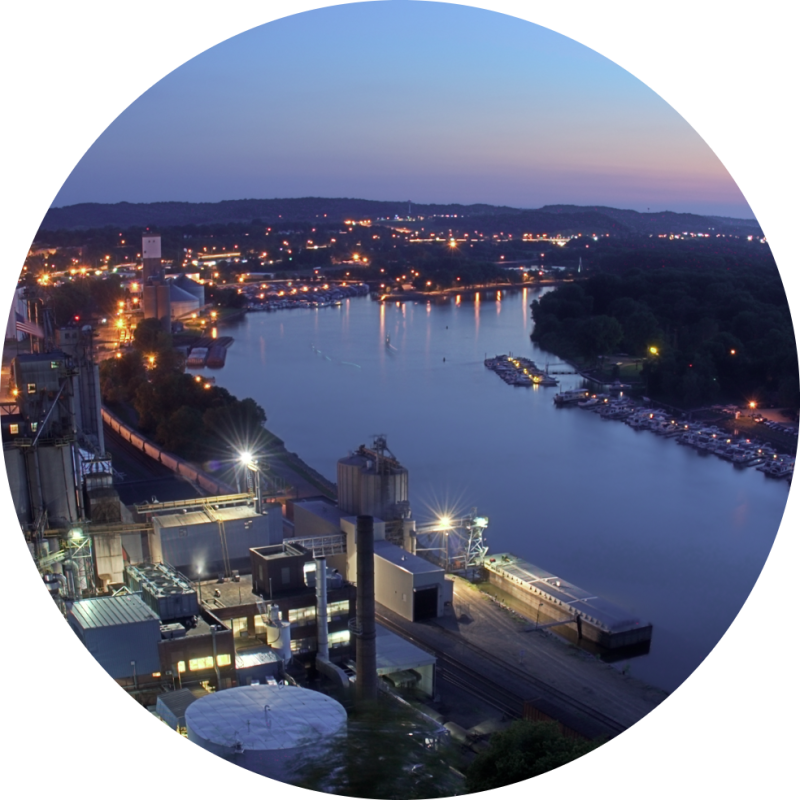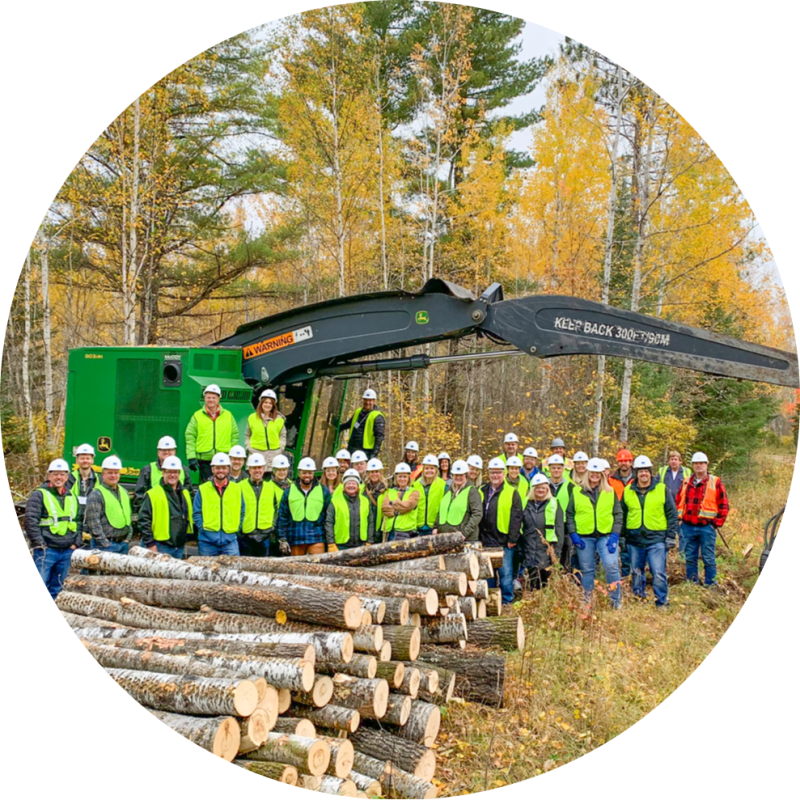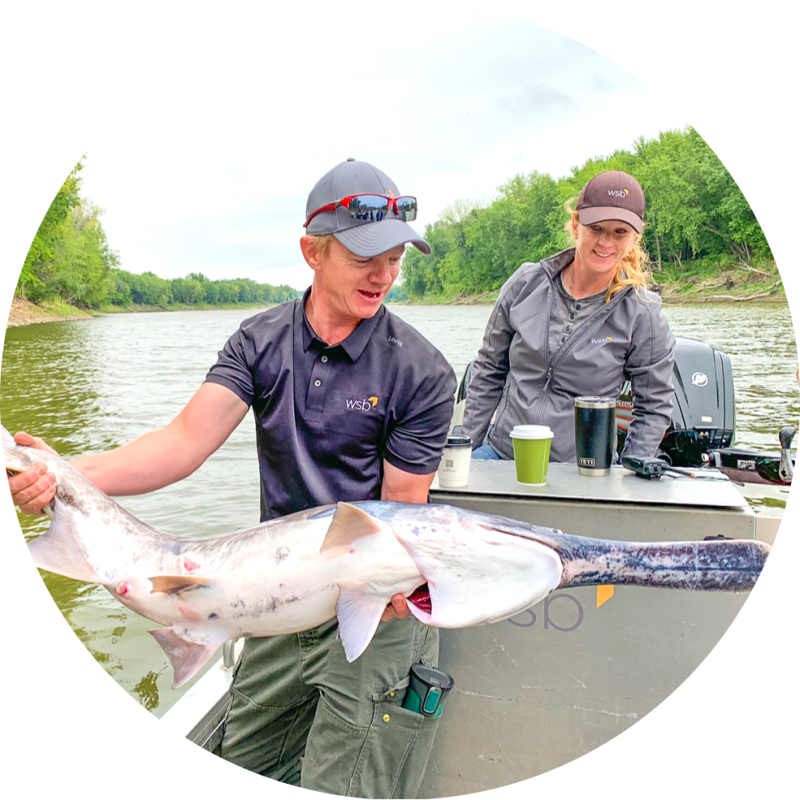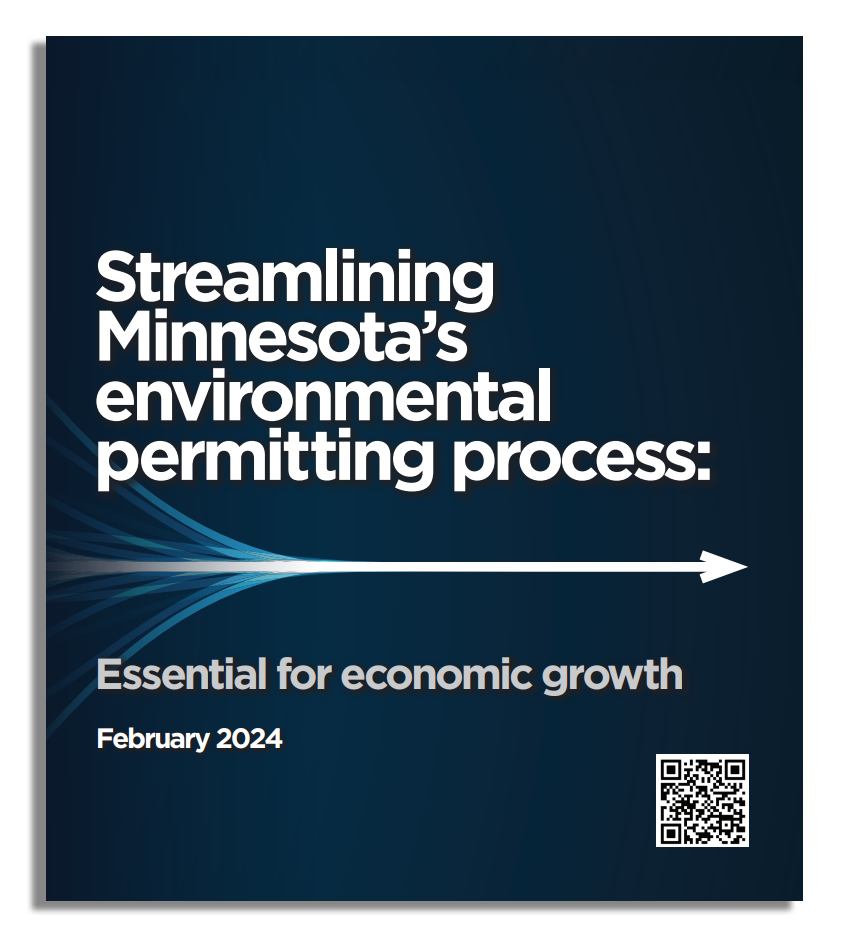Streamlining Minnesota’s environmental permitting process: Introduction
Introduction
Minnesota’s renowned quality of life is a function of both its highly developed economy and abundant natural resources. This combination is a unique asset that every new generation of Minnesotans must learn to steward and further cultivate. Its natural amenities and innovative private-sector businesses have made Minnesota a leader across a diverse range of industries, from agriculture and mining to window and snowmobile manufacturing to innovations in energy and water technology.
Yet the state’s economic future is at a crossroads. Minnesota’s economy remains stable, but its growth has slowed in recent decades and expanded at just half the rate of the U.S. economy so far this decade. Companies continue to make important investments in Minnesota, but the recent national surge in manufacturing construction has largely concentrated in Minnesota’s peer states in the Midwest and Southeast regions of the country. The push toward electric vehicles and clean energy has spurred demand for critical supply chains that can enable these transitions. However, mining projects that would supply the production of those goods have stalled amidst regulatory and legal hurdles.
As Minnesota looks at the opportunities and challenges that lie ahead,
it must identify ways to spur new investments in its
economy while protecting its natural environment.
These goals are not mutually exclusive and can serve to reinforce one another.
Economic development can improve the natural environment through investments in new buildings and equipment that are more efficient than old ones. New or expanded businesses also create social benefits by adding new jobs and tax revenue that contribute to a high quality of life for local communities.
The imperative for policymakers and regulators is to create sound environmental regulations and administer the resulting programs in a way that achieves these dual priorities. This means applying rigorous scientific analysis and community engagement to new projects while providing a transparent and timely path forward for these investments.
The Minnesota Chamber Foundation set out to examine this critical topic, assessing the performance of the state’s environmental permitting and review programs and identifying opportunities to increase timeliness and certainty for businesses. The Foundation partnered with Barr Engineering, the Policy Navigation Group (PNG) and Squire Patton Boggs to conduct an in-depth analysis of Minnesota’s air, water, wetland and Environmental Review programs, benchmarking Minnesota against peer states in the region and around the U.S.
The following report summarizes the key findings and recommendations from Barr Engineering’s full report, which can be viewed online at: mnchamber.com/permitting.
